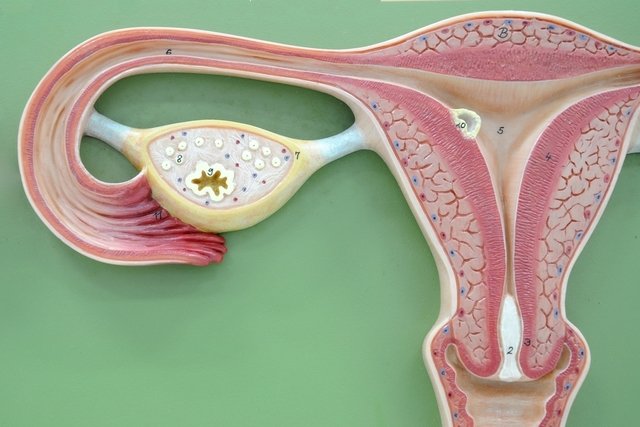The ovulation calculator is a simple and quick way to identify the fertile period, which is when there is a greater chance of pregnancy.
At this stage, if the egg is penetrated by a sperm, fertilization occurs, marking the beginning of a pregnancy.
To find out what day your next ovulation will be, enter the data into the calculator:
How is ovulation day calculated?
The day of ovulation occurs in the middle of a woman’s menstrual cycle and, therefore, is easier to calculate for women who have a regular cycle.
This means that, if a woman has a 28-day cycle, for example, ovulation will occur around the 14th day. This 14th day is calculated from the date of the first day of the last menstruation (day + 14 days), which marks the beginning of the new menstrual cycle.
Since in each cycle, the day of ovulation can vary between 1 and 2 days, it is generally better for the woman to take into account the fertile period rather than the date of ovulation. This is because the fertile period is the set of 6 days that surround ovulation and that help to compensate for cycles in which ovulation arrives earlier or later.
In the case of women with an irregular cycle, the day of ovulation cannot be identified with such precision and, therefore, it is recommended that the fertile period be calculated. See how to calculate the fertile period in an irregular cycle.
Make an appointment with your nearest obstetrician, using the following tool, to better understand how to calculate the day of ovulation:
Taking care of your health has never been easier!
Possible ovulation symptoms
Ovulation generates some characteristic symptoms that include:
- Transparent, viscous vaginal secretion similar to egg white;
- Slight increase in body temperature, normally around 0.5ºC;
- Increased libido and appetite;
- There may be pelvic pain, similar to a mild cramp.
Many of these symptoms can go unnoticed by most women and, therefore, end up being difficult to identify. See more about ovulation symptoms.
Therefore, the best way to know if a woman is ovulating is to calculate when the next ovulation will be.
It is important to remember that women who take contraceptives do not ovulate and, consequently, do not have symptoms and cannot get pregnant.
Are ovulation and fertile period the same thing?
Although they are often used interchangeably, ovulation and fertile period are not the same thing.
Ovulation is the day when the mature egg is released from the ovary, ready to be fertilized.
The fertile period is a set of days that are calculated around the possible day of ovulation and that mark the period in which the woman has the greatest chance of getting pregnant, once the egg has already been released. In other words, without ovulation there is no fertile period.
When is the best time to get pregnant?
The best period to get pregnant is known as the “fertile period” and is considered the set of 3 days before and 3 days after ovulation, that is, the period between the 11th and 16th day after the first day of the last menstruation.
Women who want to get pregnant should therefore have unprotected sex during this period. Women who are trying to avoid pregnancy should be careful to avoid having unprotected sex during this period.
Bibliography
- CDC. Reproductive health and the workplace. Available at: <https://www.cdc.gov/niosh/topics/repro/femalereproductivesystem.html>. Accessed on 30 Sep 2020
- THE AMERICAN COLLEGE OF OBSTETRICIANS AND GYNECOLOGISTS. Fertility Awareness-Based Methods of Family Planning. Disponível em: <https://www.acog.org/patient-resources/faqs/contraception/fertility-awareness-based-methods-of-family-planning>. Acesso em 30 set 2020
- NHS. How can I tell when I’m ovulating?. Disponível em: <https://www.nhs.uk/common-health-questions/womens-health/how-can-i-tell-when-i-am-ovulating/>. Acesso em 30 set 2020

Sign up for our newsletter and stay up to date with exclusive news
that can transform your routine!
Warning: Undefined array key "title" in /home/storelat/public_html/wp-content/plugins/link-whisper-premium/templates/frontend/related-posts.php on line 12
Warning: Undefined array key "title_tag" in /home/storelat/public_html/wp-content/plugins/link-whisper-premium/templates/frontend/related-posts.php on line 13




